One of the burning issues that have broken into the headlines during the past three years is the explosively controversial matter of Special Economics Zones (SEZs). With Government of India approving around 550 SEZ projects so far many questions are being raised regarding the relevance of these zones in the long – term economic policy of India. Hence, it would be germane to have a look at the competing arguments as any decision would have repercussions for legions of people in the country. India over the past decades has progressively opened up its economy to effect8ively face new challenges and opportunities of the 21st century. To compete in the global market, Government of India’s has liberalized export policies, and licensing of technology, and implemented tax reforms providing various incentives. To achieve it three fold objectives of attracting FDI, increasing exports, and accelerating Economic Growth Government announced the introduction of SEZs in its Export Import policy of March 2000. “Industrialization” and “development of infrastructure” are the primary needs of the country at the present moment to accelerate the economic growth. However, these said ventures require vast amount of capital. Domestic capitalists cannot meet this massive demand of capital. The Government of India had also withdrawn itself from taking initiative to set up public sector industries and infrastructure since the inception of New Economic Policies from 1991. Hence, these require vast amount of foreign capital. Though the caps and regulations on foreign investments had been lifted substantially during the last seventeen years, the FDI in particular remained at one – tenth of that of China. They are trying to show that China attracted huge amount of foreign capital by setting up SEZs which had accomplished the “industrialization”. Hence, India must develop “Export – led economy” like China to attract FDI. More measures must be taken to catch China with respect to attracting FDI.
When our Former Commerce Minister Murasoli Maran visited China, he understood and impressed with the prominent role played by the Special Economic Zones in the GDP growth of China. He was instrumental and played a major role in adopting this strategy in India. It has been included in the Export Import Policy of India 2000. Government Passed SEZ Act 2005 and implemented it from February 2006. It is the latest and best thinking so far on India’s export policy and may even represent the future of industrial development strategy. SEZs need to be seen in the context of attempts by the Government of India, to launch ‘second – generation reforms’ and also a continuation of earlier initiatives to boost exports.
ABOUT THE AUTHOR P Arunachalam
P. Arunachalam is a Reader in the Department of Applied economics, Cochin University of Science and Technology (CUSAT), Kochi-22, Kerela State, India. He was the head of the Department of Applied Economics, Cochin University of science and techonology during the period april 2004 to aoril 2007. He has Nineteen years of Teaching and Research Experiences. He took his PG degree from Loyolo College, Madras, a world-renowned college in Southern India, affiliated to Madras and university and M.phill and Ph. D Degrees from Cochin university of Science and Technology, Kochi ,Kerela State.Pondicherry University, a central university, Awarded him Doctoral Fellowship intye year 1988. he joined as a Lecturer in the 1989 and become Reader in the 1997. He was Awarded post Doctoral Training Fellowship by the NUFFIC (Netherland Council for Co-operation in Higher Education, Government of Netherlands) for six times under SEPTRA-MHO-programe between the department of Applied Economics, cochin University of science and technology and the Development research institute (IVO), Tilburg University, the Netherlands during the period 1999 to 2004. Part of his research Training programme, he visited France, Germany, italy, Belgium, spain, England, Switzerland, srilanka, and most of the Gulf Countries. He is specialized in Quantitative Techniques and International Economics . He is teaching Business Statistics at Master of Business Economics (M.B.E.) levels and Quantiative Techniques at M.phil level. He was a member of the Academic council, CUSAT from april 2004 to april 2004. He is visiting faculty member of many Universities in South India. He is a member of several Academic and professional Bodies at National and international Levels. He has done a Minor Projects on @India @s Spices Exports to the Netherlands @under UGC UN-Assigned grant and jointly done a Major Project on @global Based commodity Chain; with special references to Cardamom@ funded by NUFFIC through Development research institute, Tilburg University, the Netherlands, with Dr. wim Pellupessey, Senior Economists, IVO, Tilburg University, trhe Netherlands. He did his Ph.D works on @India@s Engeering goods exports: growth, concentration and Diversification. He has to his credit 40 Research Articles in various reputed journals and magazines and also contributed articles to 9 textbooks. Participated as an expert and presented research papers in more than 58 National and international conferences, workshops , Symposiums and seminars. He has produced 3 Ph.Ds and several more students are doing Ph.D under his supervision. Now doing a major research work on @Special economic Zones@ in India. He has been selected fopr the professor post in the department of economics, Bharathiyar university, coimbatore. Member as partner of Dr. M.
Rajarajan@s Digital Identity Management, City university, London, England.

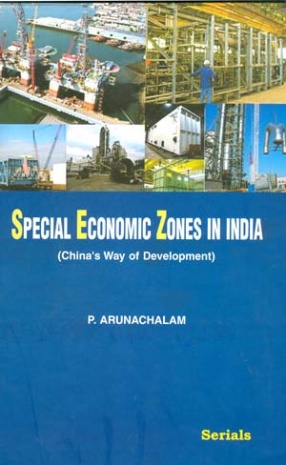
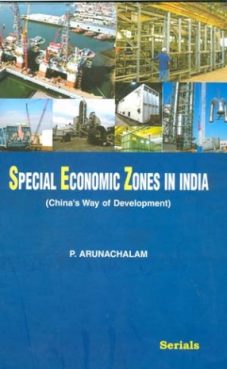

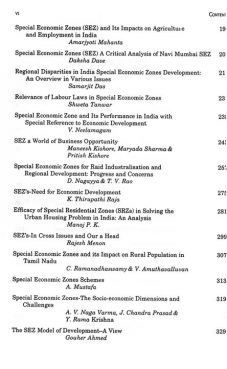


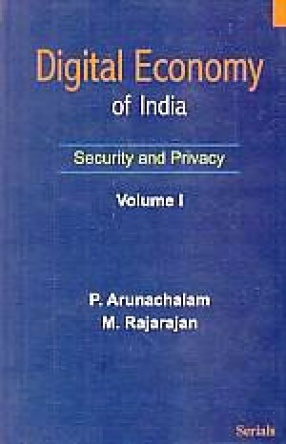
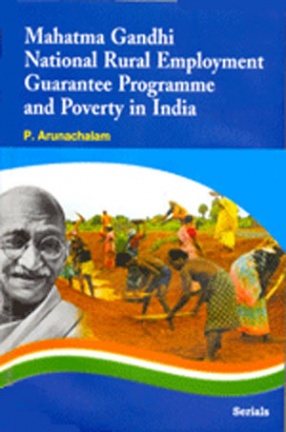


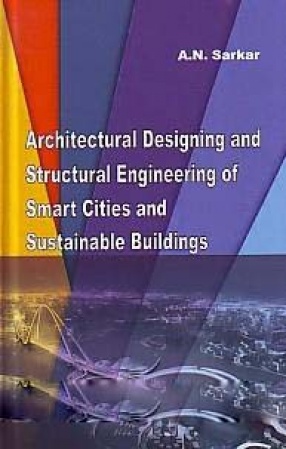
There are no reviews yet.